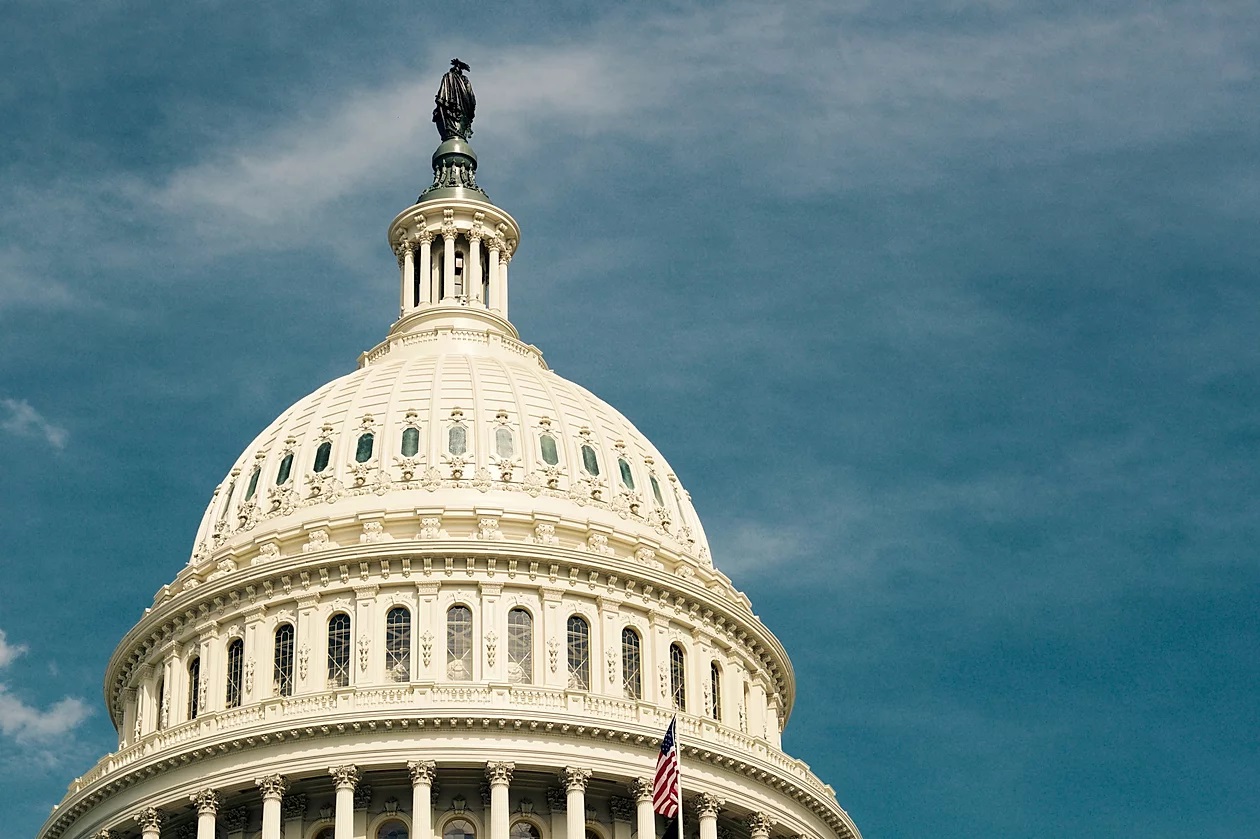This week’s post may be a little dry for some, but is aimed at the 30% of Americans who itemized deductions on their Schedule A. If you were in this group, you may be wondering what deductions were eliminated after we told you last week that the tax reform bill encourages a shift to the standard deduction. Read on to find out if it will be worth a switch to the standard deduction.
“Miscellaneous itemized deductions” is a category of deduction that triggered if a specific expense exceeded 2% of the taxpayer’s adjusted gross income (AGI). The tax reform bill eliminated three of these: unreimbursed employee business expenses, tax preparation fees, and investment interest expenses. You can no longer deduct any travel expenses that your employer does not reimburse you for, so don’t let that happen! Investment expenses include fees and payments made while overseeing an investment that will make profit: you can no longer deduct payment for investment advice or the cost of automatic investment services. Tax preparation fees are self-explanatory and includes the cost of a tax professional or software.
Additionally, taxpayers could previously deduct “personal casualty and theft losses” that were not reimbursed by insurance. Around 70,000 taxpayers in 2015 deducted damages from many natural disasters, vandalism, and even lost deposits if their bank became insolvent. The tax reform bill eliminates this deduction unless you are in “certain federally declared disaster areas”.
As a final note, Congress repealed the Pease limit. This guideline functioned as a cap on itemized deductions and applied only to high-income individuals or families. For single and joint filers with a 2017 AGI over $261,500 and $313,800 respectively, itemized deductions were reduced by 3% by their AGI over the threshold. For example, a taxpayer has an AGI $100,000 over the threshold and claims itemized deductions totaling $10,000. The Pease limit reduced those deductions by $3,000 (3% of the $100,000) allowing a final deduction of $7,000. This rule was a contentious issue, and many considered it a “stealth surtax” on high earners.
Congress also modified the “big three” of State and Local Taxes, home mortgage interest and charitable contributions, and we will cover those deductions in future blog entries.

